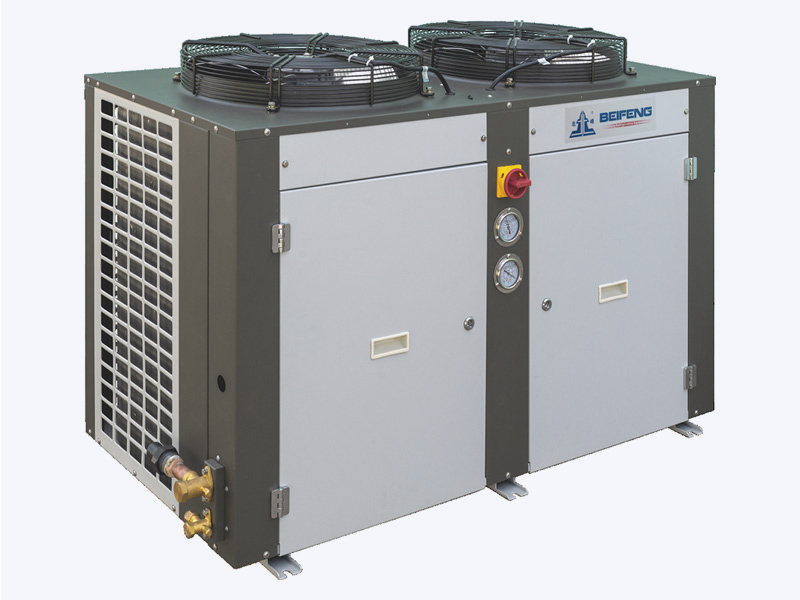The environmental considerations and requirements for the installation and operation of a Box-Type Unit may vary depending on the specific type of unit and its intended use. However, here are some general environmental factors that should be taken into account:
Temperature Range: Rigorously ascertain that the Box-Type Unit aligns with the designated operational temperature envelope. Straying beyond these thresholds may precipitate a cascade of deleterious consequences, including diminished efficacy, compromised reliability, and a potentially curtailed operational lifespan. Extremes, whether of heat or cold, hold the potential to exact a toll on constituent components, prompting a diligent appraisal of environmental compatibility.
Humidity Levels: Scrutinize the Box-Type Unit's susceptibility to ambient humidity levels within the installation milieu. Elevated humidity, harbinger of potential condensation, poses an implicit risk to the sanctity of internal electronics. Mitigation strategies may necessitate strategic employment of hermetic sealing and materials fortified against moisture incursion.
Ventilation and Airflow: Adequate ventilation, tantamount to the vitality of the Box-Type Unit, mandates meticulous attention. The installation theater must be choreographed to facilitate an unimpeded dance of airflow, bestowing upon the unit an environment conducive to thermal equilibrium. Considerations pivot on the sophistication of the unit's cooling infrastructure, a critical determinant in forestalling thermal degradation of internal components.
Altitude Considerations: Interrogate the Box-Type Unit's architectural fortitude under the whims of varying altitudes. The rarefied air at elevated altitudes occasions a recalibration of design imperatives, a necessity to preserve the unit's prowess in the face of altered air pressure and concomitant perturbations in combustion dynamics.
Dust and Particulate Matter: In locales pregnant with an abundance of airborne particulates, the Box-Type Unit must don an armor of discerning filtration. A bastion against the ingress of contaminants, these filtration bastions are the vanguards of internal sanctity, an epitome of mechanical fortitude against the relentless assault of dust and particulate matter.
Chemical Exposure: Confront the specter of chemical affront by elevating the construction materials of the Box-Type Unit to a vantage where corrosion bows before the resilience of stainless steel or the fortifying embrace of corrosion-resistant coatings. It is a bespoke alloy against the corrosive tempest, a symphony of materials choreographed to defy the corrosive machinations of hostile chemicals.
Electromagnetic Interference (EMI): Navigate the labyrinth of potential electromagnetic interference with a unit armored in resistance. The Box-Type Unit's resilience to the siren song of electromagnetic perturbations is not an afterthought but a meticulous orchestration of shielding, ensuring an imperturbable sanctuary for electronic components against the cacophony of external electromagnetic fields.
Outdoor or Harsh Conditions: A crucible of elemental extremes demands a Box-Type Unit sculpted from hardiness. For an outdoor sojourn, the unit metamorphoses into a weathered paragon, impervious to the caprices of raindrops, the relentless gaze of the sun, and the tempestuous capers of inclement weather. Sealed and weatherproofed, it stands sentinel against the whims of nature's furies.
Compliance with Environmental Regulations: Ascertain the Box-Type Unit's obeisance to the stringent edicts of environmental stewardship. RoHS compliance is not merely a checkbox but an unassailable commitment to crafting a unit untainted by the specter of hazardous substances. A testament to the unit's virtuous lineage in the pantheon of environmental rectitude.
Model U CUC Box-Type Unit

Model U CUC Box-Type Unit


 English
English عربى
عربى 简体中文
简体中文












